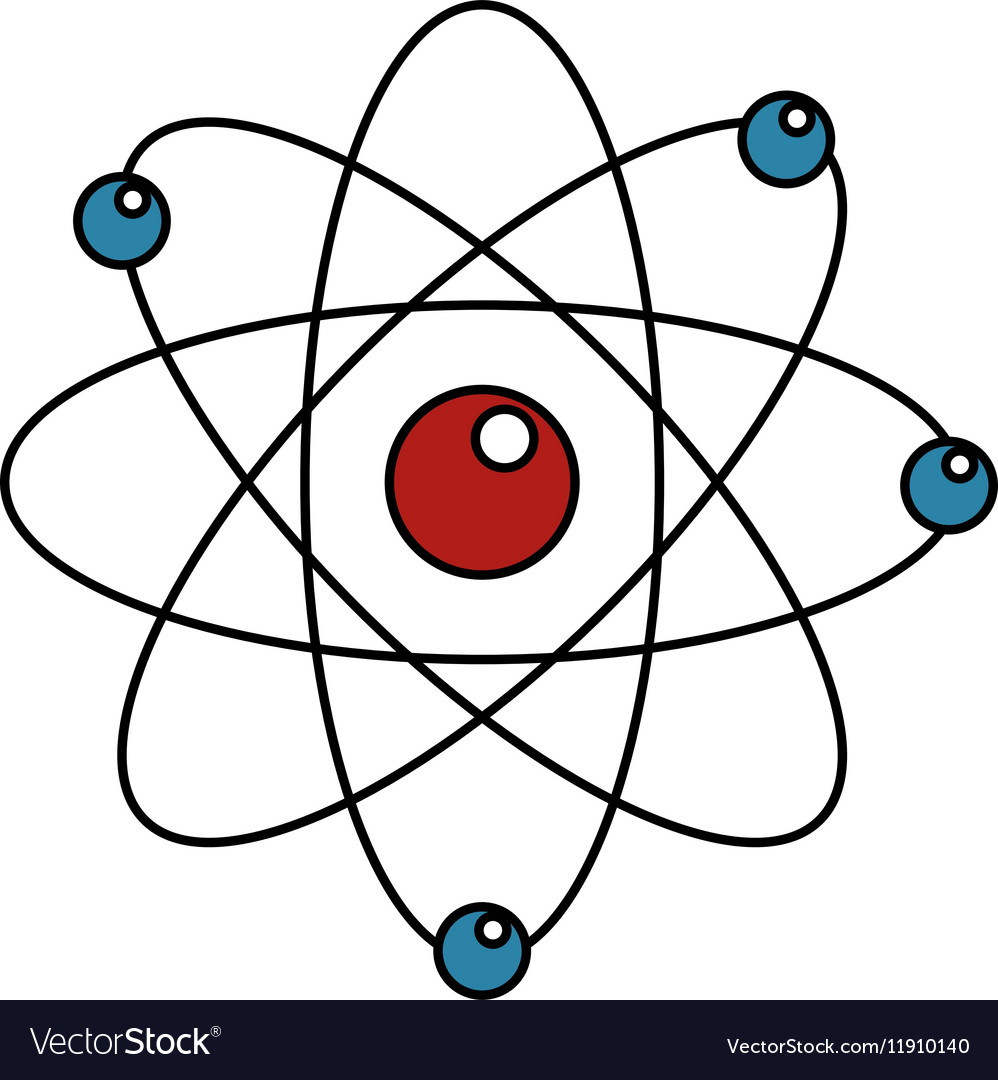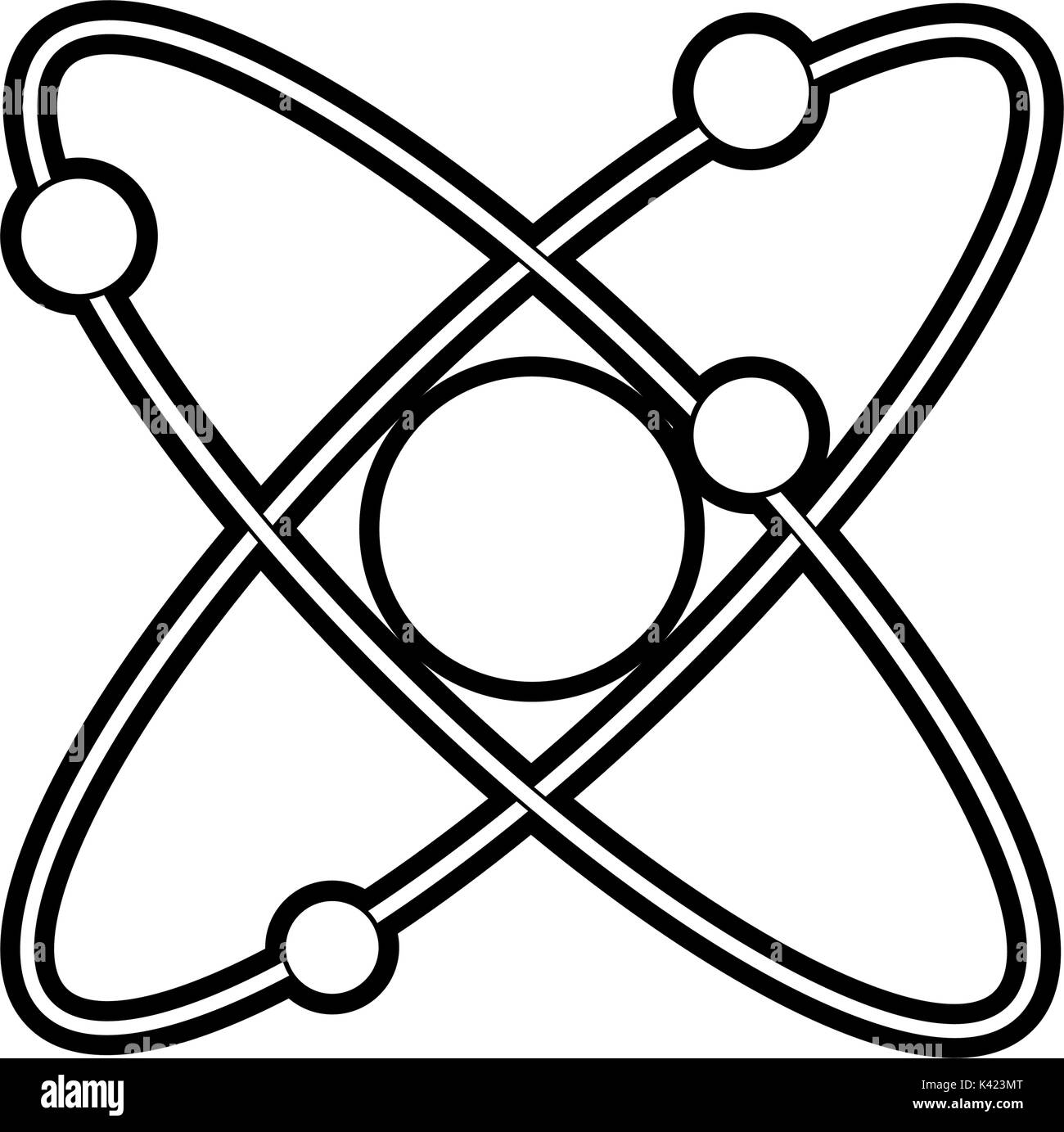Table Of Content

Our higher-level SearchForm molecule leverages the simpler Input and Button atoms to compose a reusable search component. We can render this molecule anywhere in our app that needs search functionality. A core goal of atomic design is developing reusable interface components.
Benefits of atomic design
Hopefully, you’re thinking long-term about your (or your client’s) business and that means setting up systems that work for years to come. As a business grows, your website project is bound to continue to get more complex. Additional complexity can be devastating if not managed correctly.
Reuse Everything
As you can see, in Prismic, your organisms and templates become a powerful combination that could result in an almost endless combination of Slices to create unique pages. Starting to think atomically at the design stage is critical for making sure your designs are usable and maintainable long term. Standardizing your design process will improve efficiency in the future and designing in developer-friendly ways will make website design handovers significantly easier.
For what kind of project ?
For example, a masthead organism might consist of diverse components like a logo, primary navigation, search form, and list of social media channels. But a “product grid” organism might consist of the same molecule (possibly containing a product image, product title and price) repeated over and over again. Atomic design is a helpful design and development methodology, but essentially it’s merely a mental model for constructing a UI.
How Oppenheimer built an atomic bomb before the Nazis - Mashable
How Oppenheimer built an atomic bomb before the Nazis.
Posted: Fri, 29 Dec 2023 08:00:00 GMT [source]
React makes it easier to build complex UIs from simple building blocks. The scalability and abstraction of atomic design make it a great approach as web applications grow in size and complexity. React's component model really shines when combined with atomic design principles for assembling complex UIs from simple building blocks. Templates are very concrete and provide context to all these relatively abstract molecules and organisms.
Revolutionizing Rechargeable Batteries: The Future of Single-Atom Catalyst Design - Medriva
Revolutionizing Rechargeable Batteries: The Future of Single-Atom Catalyst Design.
Posted: Mon, 26 Feb 2024 08:00:00 GMT [source]
React provides the ideal framework for putting atomic design principles into practice. Next, let’s look at effectively implementing atomic design in a React app. The React ecosystem provides many libraries that complement implementing atomic design, like Storybook for component demos and Styled Components for consistent styling. React functional and class components have a simple, abstract structure well-suited for implementing atomic components with any UI rendering technology. This guide will explore effectively implementing atomic design principles in React apps. Atomic Design takes content into the equation by carefully creating organisms that not only respect the content they will hold, but truly showcase it in the best way possible.

Let’s continue with the components
For example, a form label, input or button aren’t too useful by themselves, but combine them together as a form and now they can actually do something together. By now you may be wondering why we’re talking about atomic theory, and maybe you’re even a bit angry at me for forcing you to relive memories of high school chemistry class. Here again, we now have tools which allow us to really work in a team around a common system. Sharing of the system is essential to keeping consistency between various products. We can also imagine that a component can be totally different in a context or in another. We still tend to think of responsive design as a reorganization of blocks on specific breakpoints.
Templates: Designing our page template
Instead, we should be creating beautiful and easy access to content, regardless of device, screen size or context. The “+” button that appears in the center, between different sections allows editors to add additional Slices to the layout. Before we leave Slice Machine, though, let’s look at one more thing. In Prismic, you can create templates, which are called Custom Types. If we select the Hero Slice, we can see how our organism from earlier gets translated into fields for content editors to use in a CMS.
Why Atomic Design
Breaking UIs into atomic components creates reusable pieces that become intuitive “Lego blocks” for building complete interfaces. React is designed around building UIs through small, encapsulated components. React components provide the natural mechanisms for implementing atomic design levels. It encourages designers to invest time and effort into creating this entire system so that in the final stages of the product design, things can be done with agility in a practical way. The organisms at play can show the same molecule over and over again, like most card-based lists, or show many different molecules and atoms, like the signup and header examples.
For example, if I create a specific component that is a “contacts list,” I’m very quickly going to transform it into a generic component that will simply be a “list” item. We are thus going to make a real distinction between the structure of an element and its contents. When we design with atomic, we always have to keep in mind that the same component is going to be reused in very different contexts. I see Atomic Design as a slightly different approach to interface design but one which can make a great impact in the end.
Person One would suggest, “Why not just name them elements, modules, and components? ” while Person Two would suggest, “Why not just name them base, components, and modules? ” The issue with terms like components and modules is that a sense of hierarchy can’t be deduced from the names alone. Atoms, molecules, and organisms imply a hierarchy that anyone with a basic knowledge of chemistry can hopefully wrap their head around.
The molecules work together to develop working aspects of the website, such as a storefront, interactive gallery, or navigation bar. Atomic design enables UI libraries to scale across large codebases. The atomic design promotes design consistency across applications. Use tools like Storybook, Styled Components, and Radium to build a consistent atomic component library and showcase isolated components.

No comments:
Post a Comment